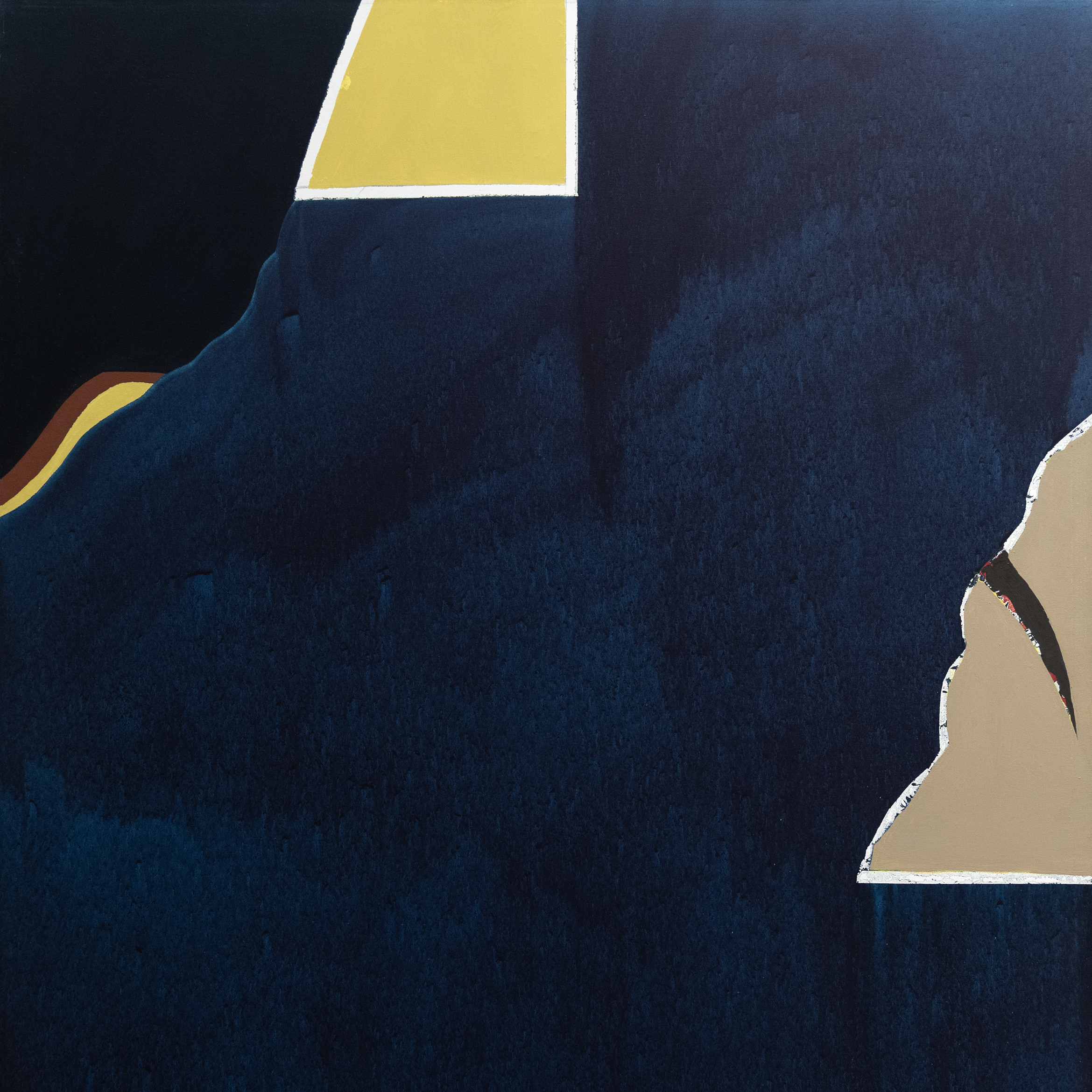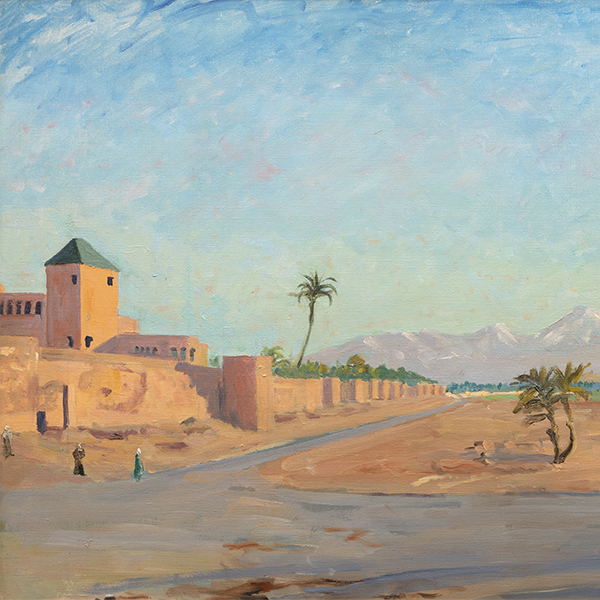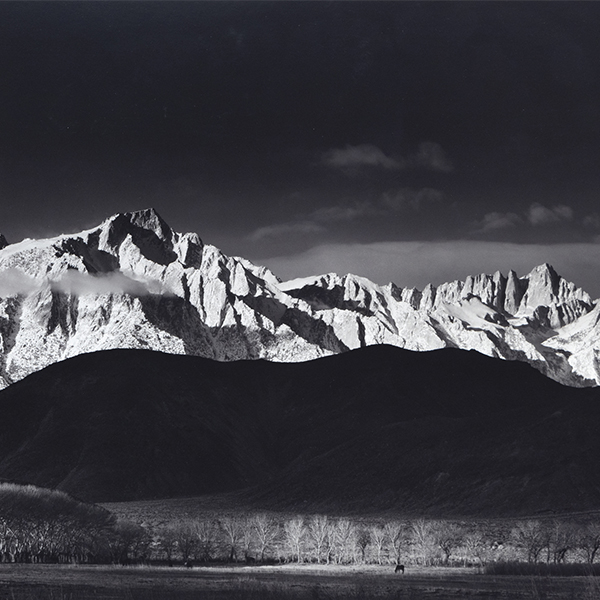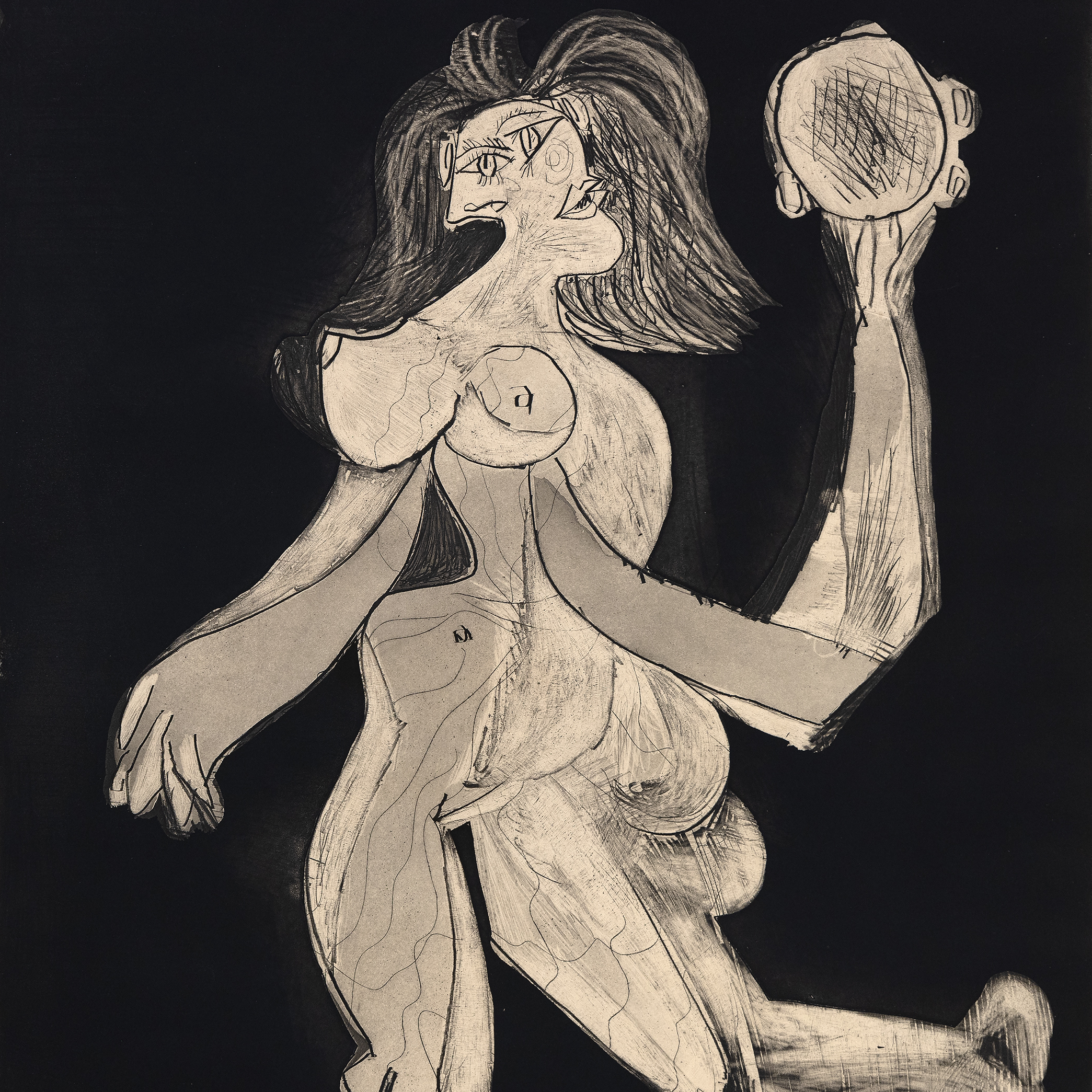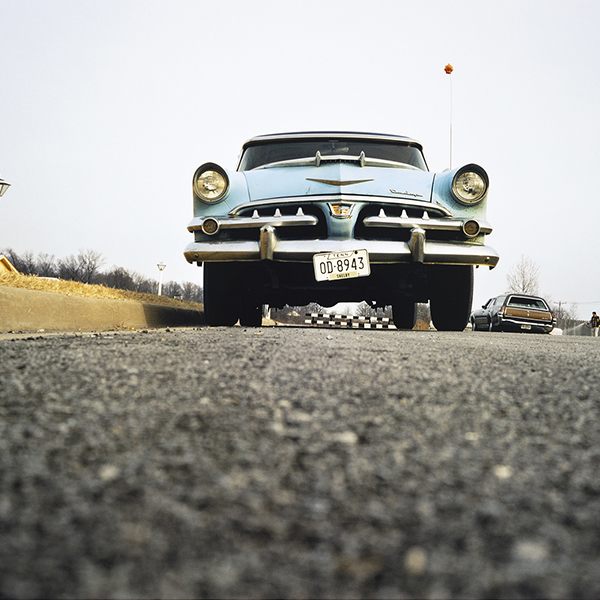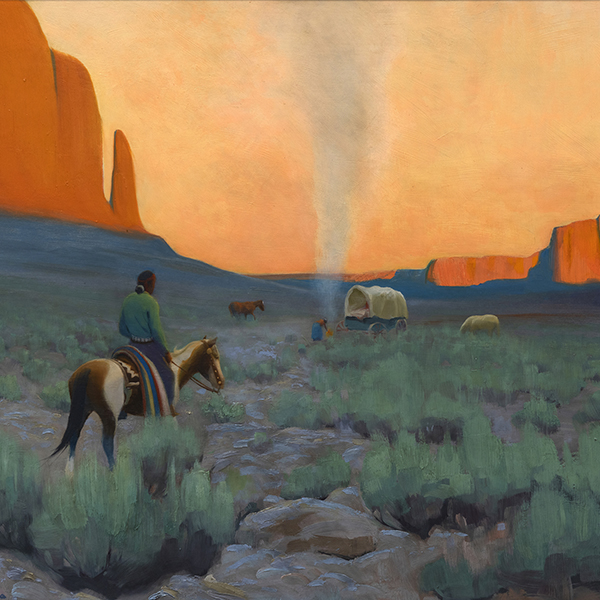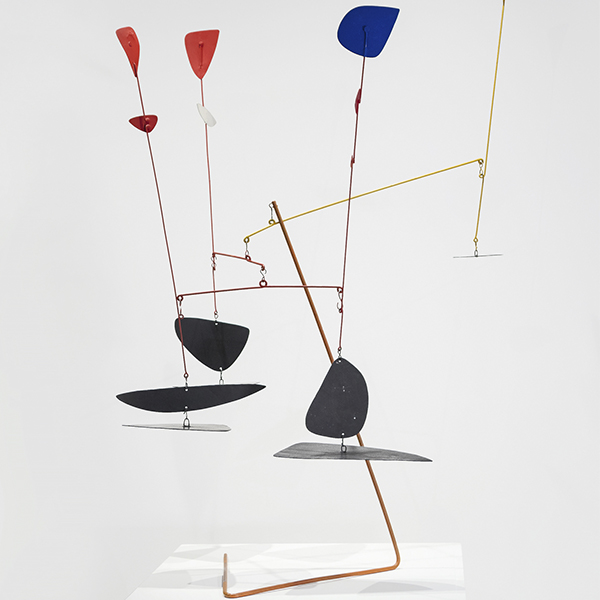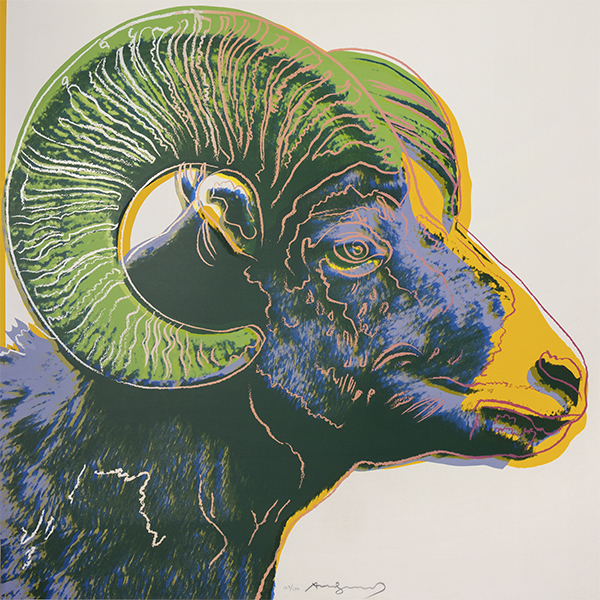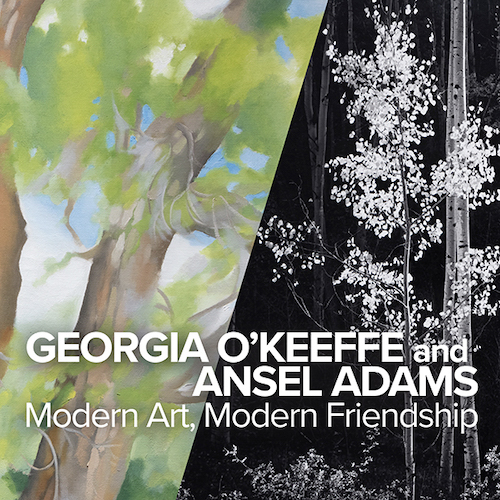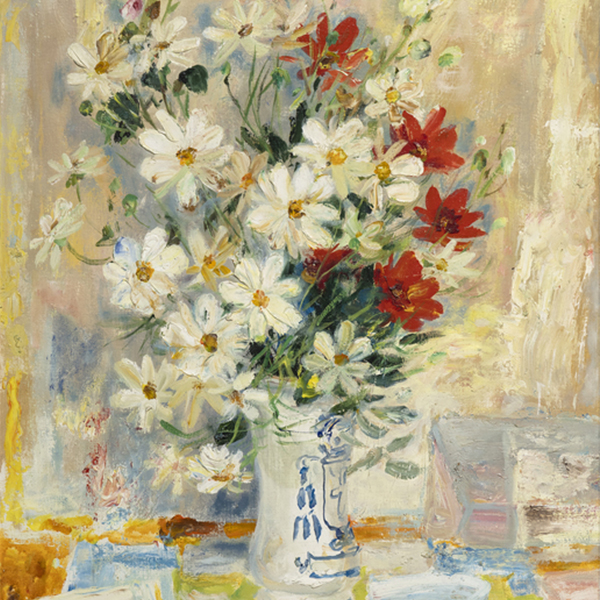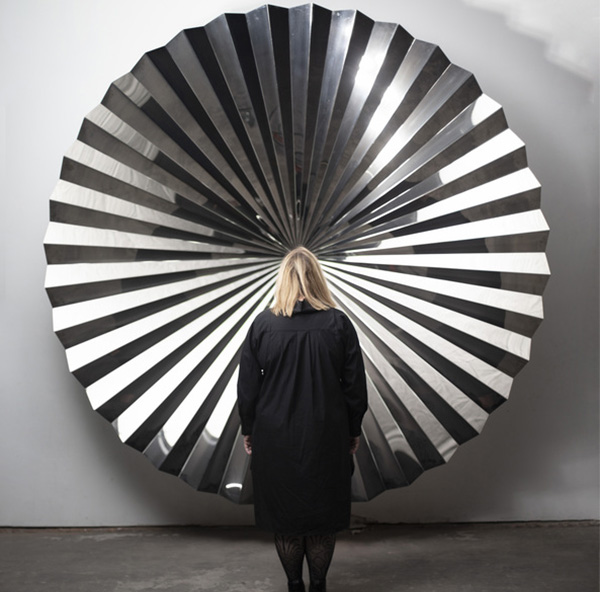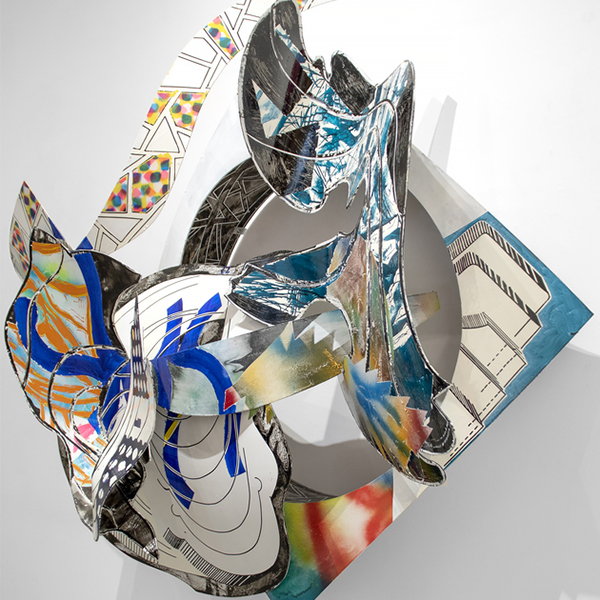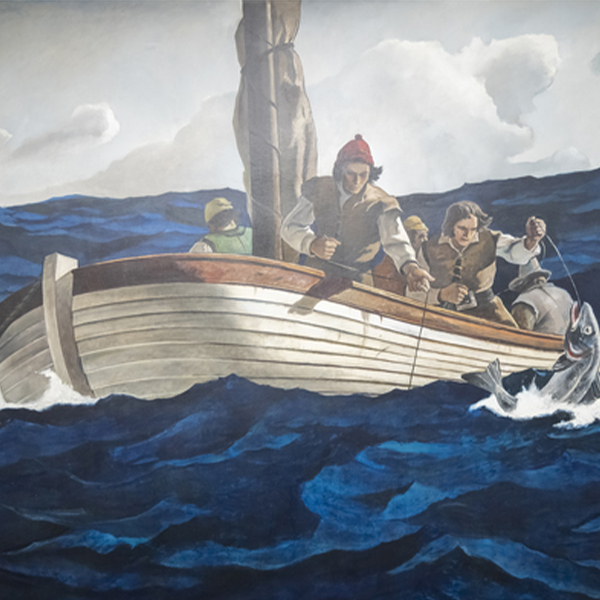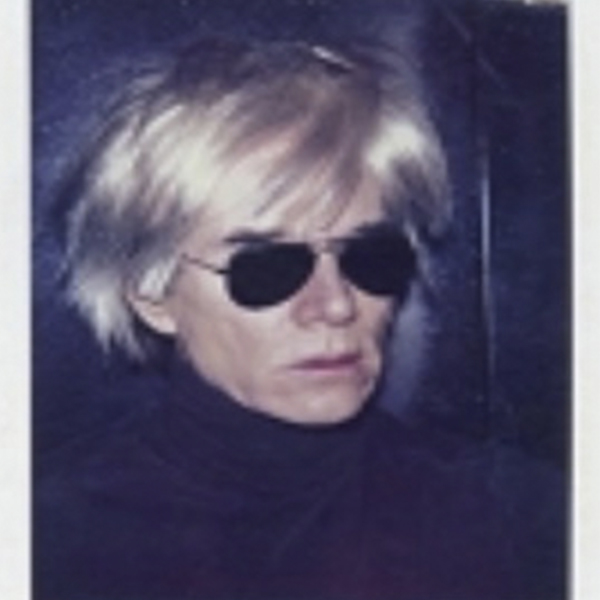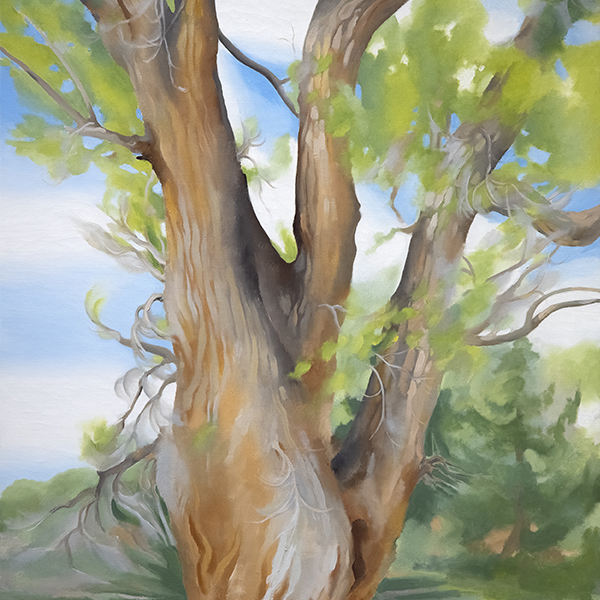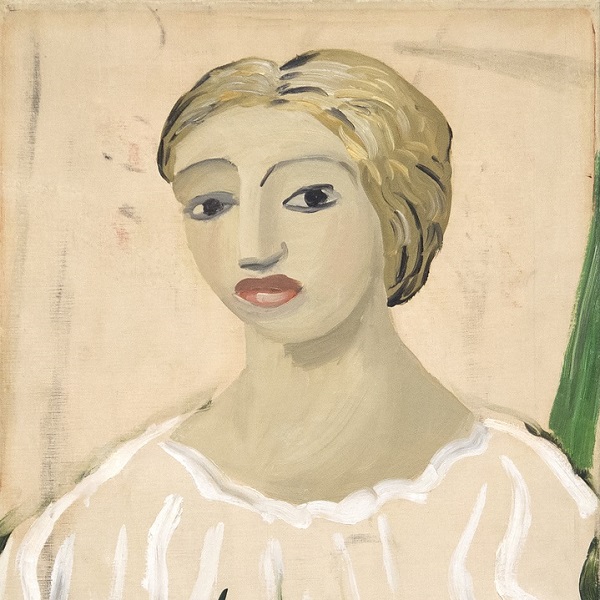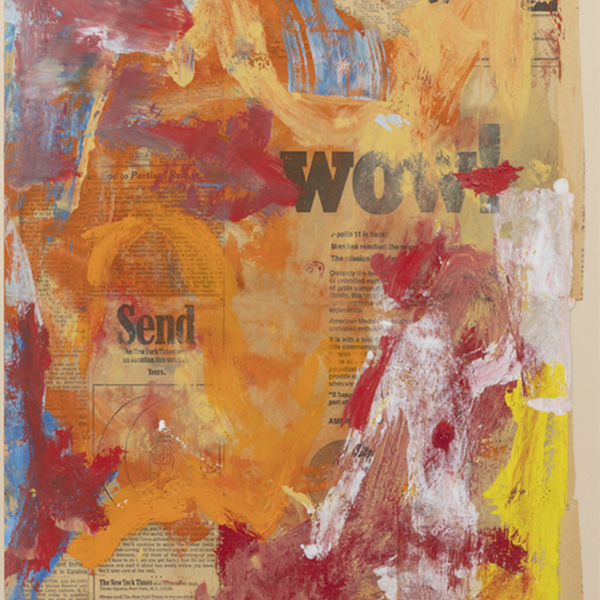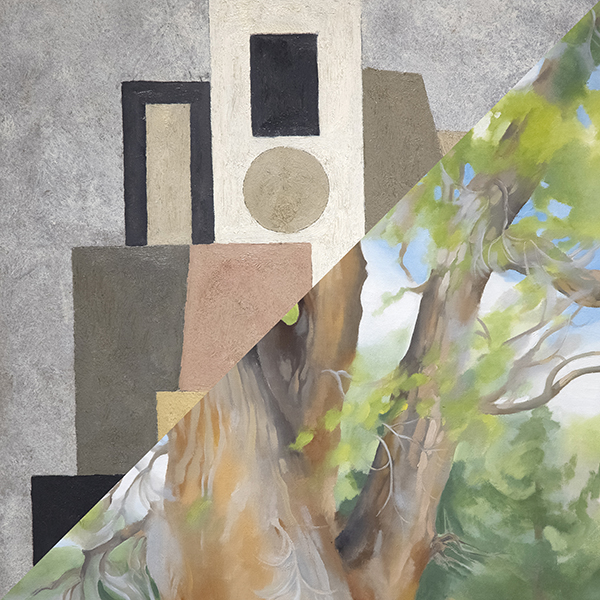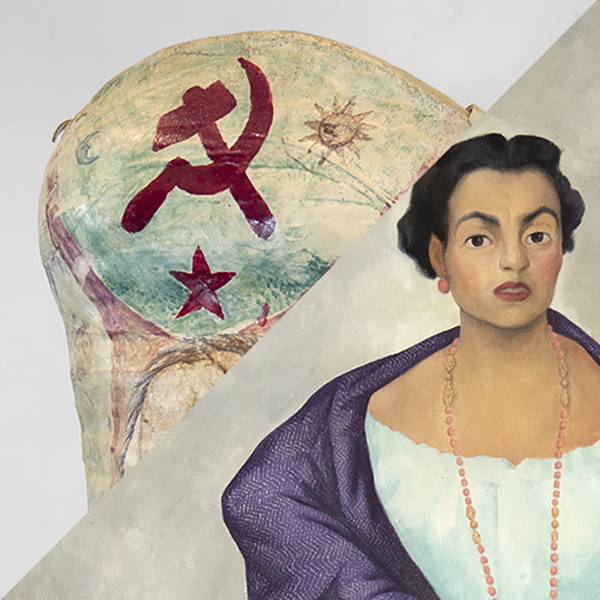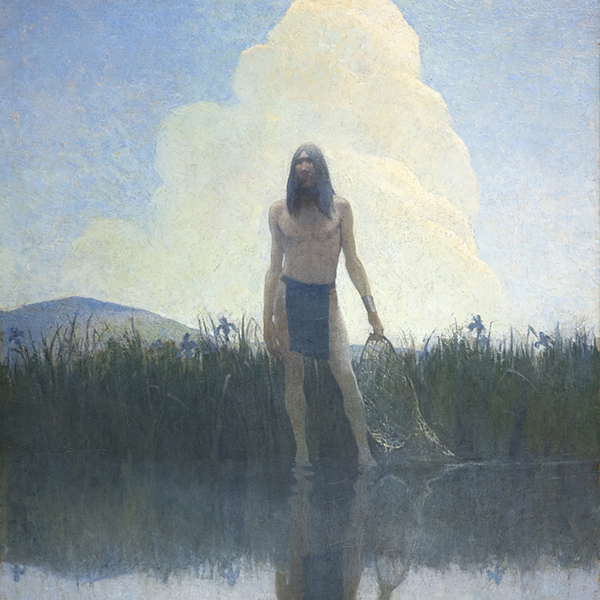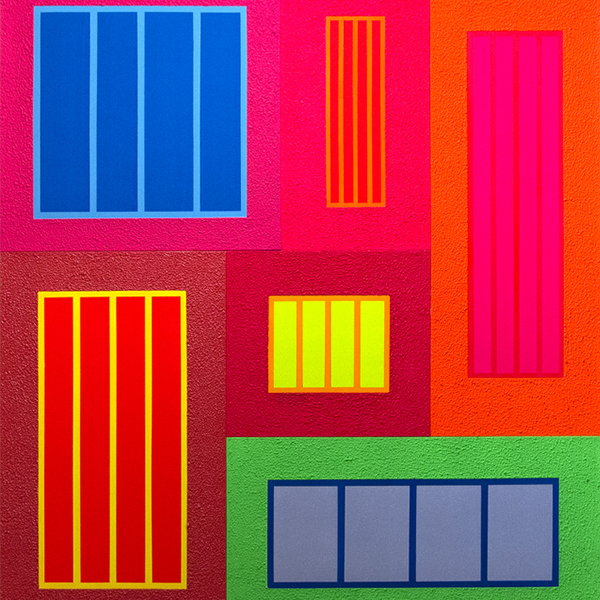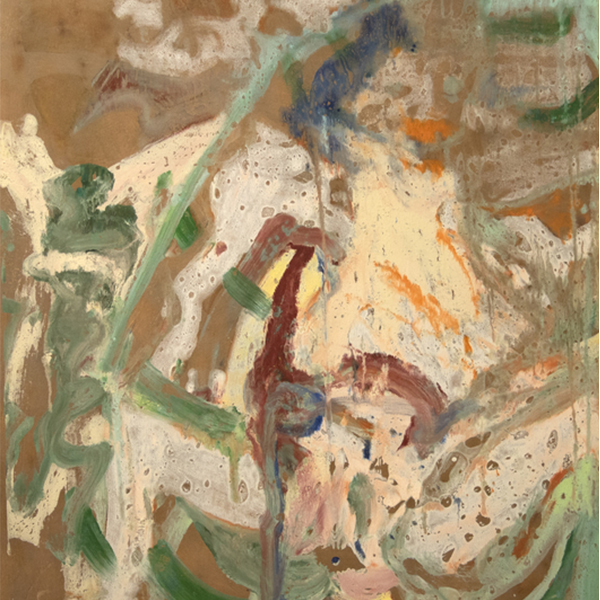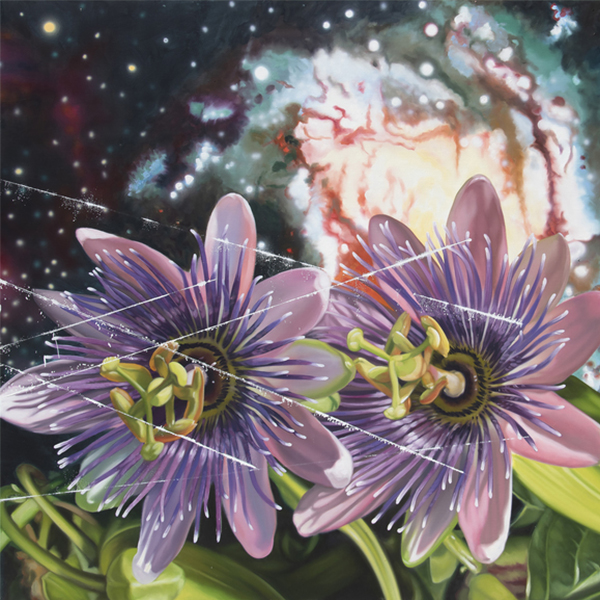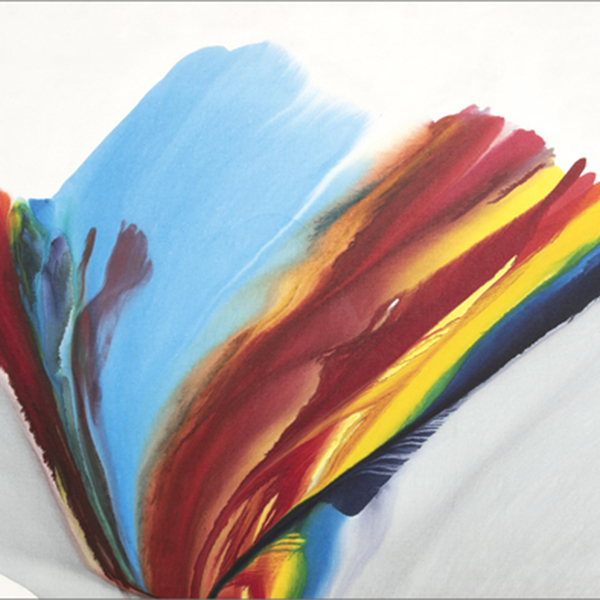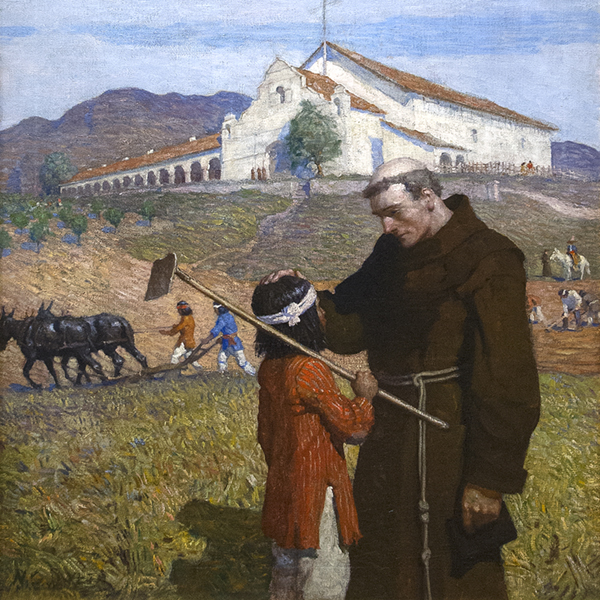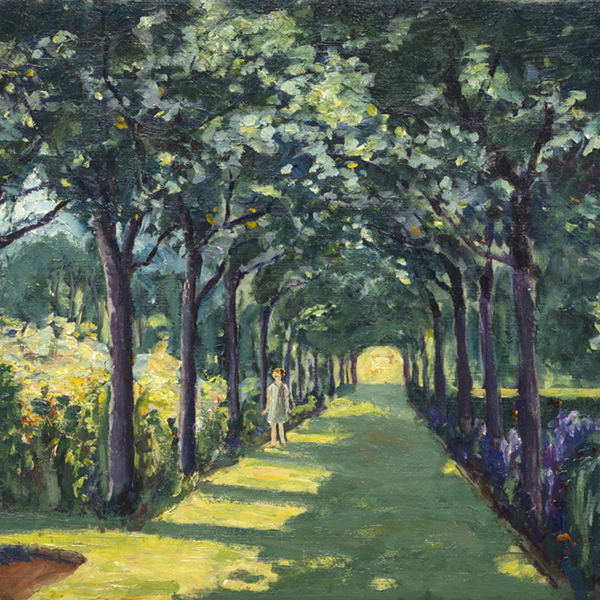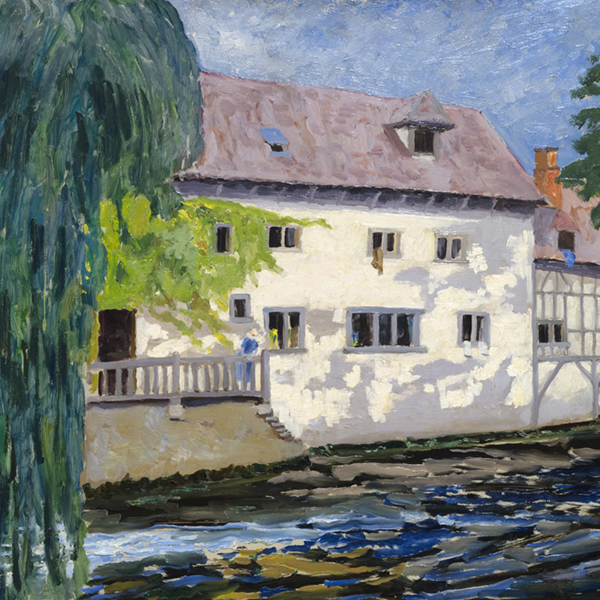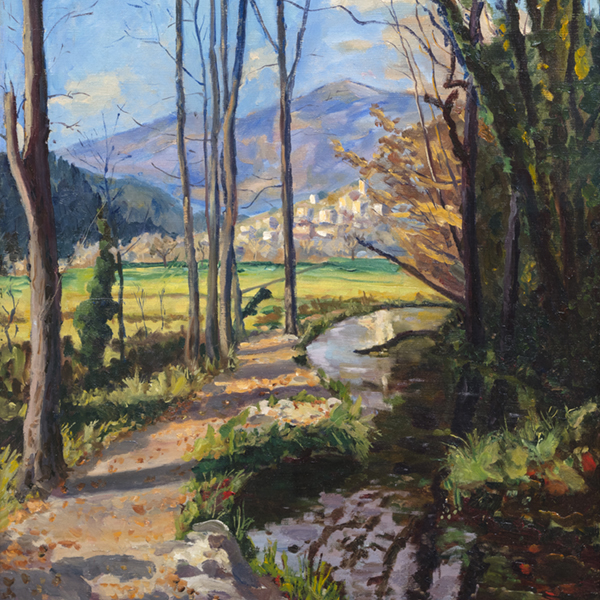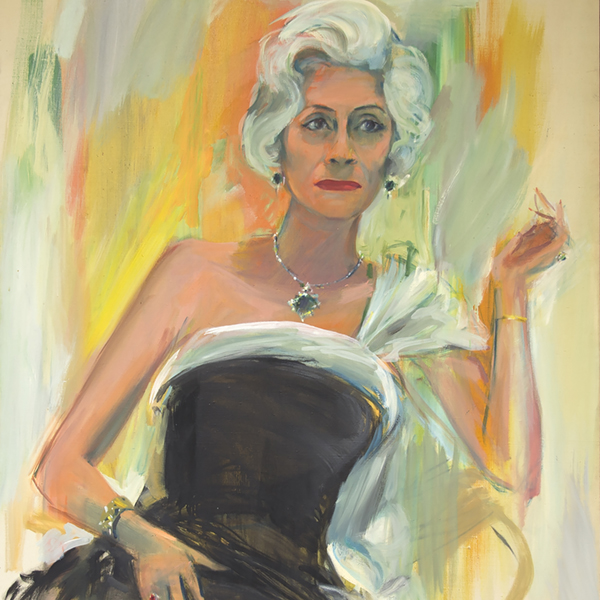Please contact the gallery for more information.
Current Exhibitions
History
Peter Halley emerged in the 1980s in the so-called Neo-Conceptual or Neo-Geometric Conceptualism (Neo-Geo) art movement. Eulogy is a monumental work that confronts us physically and conceptually. At first glance, Halley and this painting appear to be a continuation of abstraction in art history. There were the Concrete and Neo-Concrete artists in Europe and Latin America that used geometric shapes as investigations into logic, form, and shape. There were also the Minimalists whose industrial identity erased the hand of the artist to explore process and materiality.
And yet, Halley is not so much continuing these lines of thoughts as exploding them, questioning how geometry is not so much logical order but the very process in which society has been organized, shaping and systematizing structures of power. Some of the most striking parts of Halley’s work are the rigidly geometric shapes which he interprets as “prisons” or “cells”. Halley has been interested in the splintering and shaping of social spaces through the use of geometry and the flow of information with many of his ideas stemming from the French Post-Structuralists like Michel Foucault. One need only think of Foucault’s writings on the panopticon to think of the interplay between the geometricization of spaces and structures of power.
Even the materials used in the painting points to this deep inquiry into society and power. The textured surface is not a buildup of paint but Roll-a-Tex, a popular texturizer used on walls. Halley appears to ask us to consider the materials we use in construction and combined with his geometric shapes, the very architecture itself. Within this use of a commercial product, Halley opens up Postmodern ideas that questions a seemingly celebratory use of a banal and cheap product. In short, it is a subversive and ironic use of an item that promotes surface and appearance over substance.
Halley’s carefully chosen deployment of Day-Glo also bolsters the concepts underpinning his works. The Day-Glo both attracts us in its brightness, but it also hints at something deeper. Think of bright colors in animals – beautiful but a dire warning to consume at one’s own peril. Contrast this with the paintings of Frank Stella and Anne Truitt whose colors seem celebratory and affirming. The Roll-a-Tex and Day-Glo, seemingly wonderful inventions, are themselves prisons. As Halley once quipped, “It always intrigued me that the American image of freedom was being in a car on the ‘open road’… Well, there’s nothing much more restrictive that you could possibly do than drive a car on a highway where your body movements are limited to a few centimeters, where you have to vigilantly stay in your assigned lane or risk serious harm or death.”
MoreTop Results at Auction




Paintings in Museum Collections




Additional Resources
Inquire



